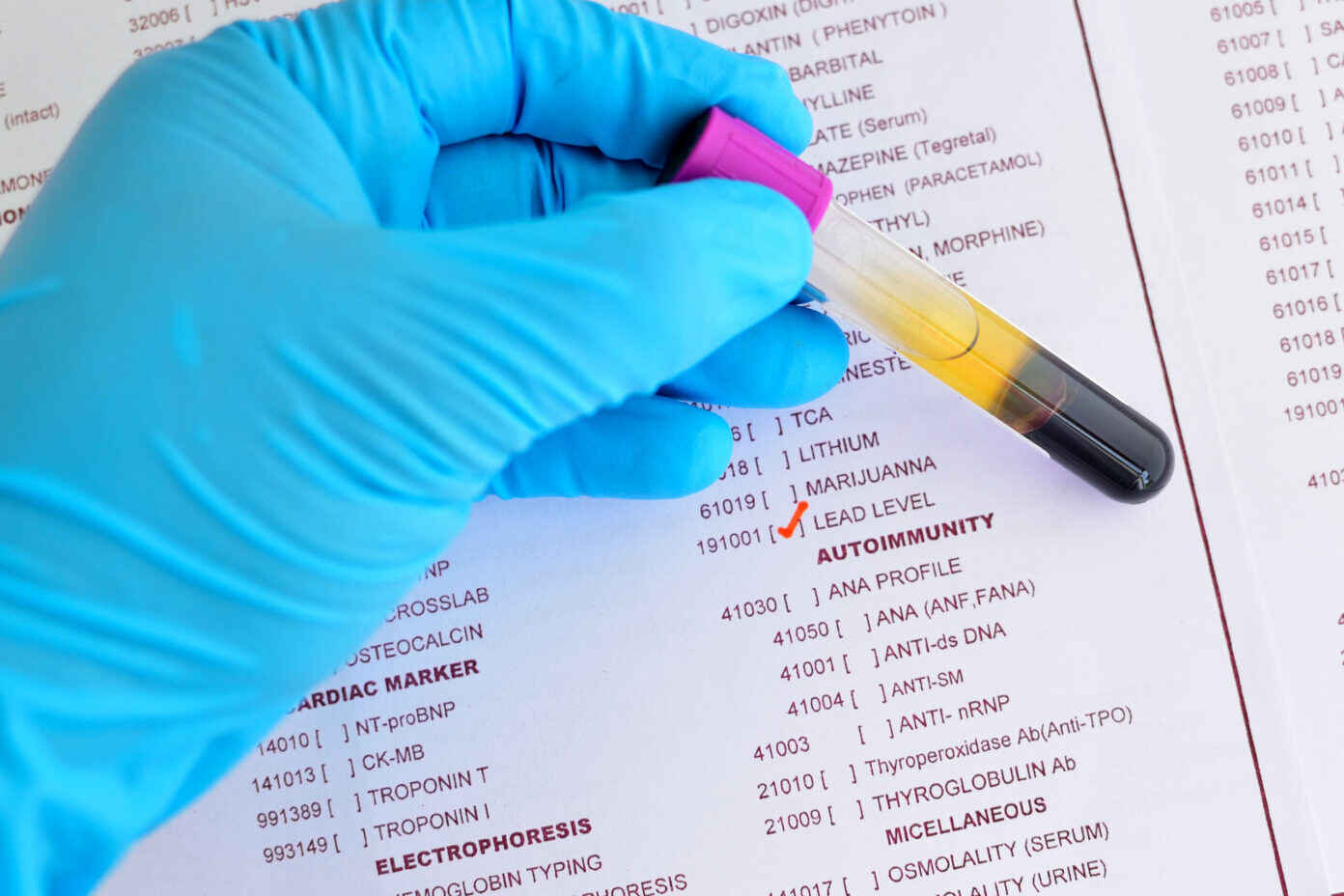Childhood Blood Lead Testing Rates Dropped Drastically During 2020: We Need to Sound the Alarm
August 10, 2021
Overview
As we are all too well aware, the COVID-19 pandemic has caused innumerable casualties beyond the tragic loss of life and quality of life directly attributable to the disease itself. For children in particular, the pandemic has yielded indirect harms ranging from diminished social interactions and learning gaps to food security issues and parental stress to lower rates of childhood vaccination and blood lead testing.

Specifically with regard to blood lead testing, the CDC reported that across 34 state and local health departments that provided data, the number of children tested for lead dropped by 52.2 percent in the early months of the pandemic (March through May of 2020) as compared to the same months in 2019. This drastic drop is concerning because routine blood lead testing is crucial to detecting elevated blood lead levels (BLLs), which in turn trigger steps to eliminate sources of lead exposure and connect children to services to mitigate lead’s harmful effects.
There is no safe level of lead exposure. Even a low BLL can cause irreversible neurologic damage, cognitive impairment, and behavioral issues, among other problems. Primary prevention (i.e., eliminating exposure to lead) is the only way to truly prevent childhood lead poisoning, but most jurisdictions do not have primary prevention measures in place. Instead they rely on children’s elevated blood lead levels (BLLs) to trigger harm mitigation measures. Accordingly, if a child’s elevated BLL remains undetected, the child will likely continue being exposed to the same sources of lead and their BLL may continue rising to increasingly dangerous levels. It is appalling that a child must be poisoned before lead remediation actions are taken, but this reality makes routine blood lead testing tremendously important.
Experts fear that because many children spent more time at home over the last year and half due to stay-at-home orders and school and daycare closures, they may have had increased exposure to lead. The most common sources of lead exposure in the United States are residential sources: lead-based paint, lead-contaminated dust and soil, and lead from old pipes or plumbing fixtures leaching into water. Houses built before the U.S. government banned residential uses of lead paint in 1978 are more likely to contain lead paint, and the likelihood of lead paint being present increases with the age of a home. Furthermore, the COVID-19 pandemic has given rise to new housing code enforcement challenges, as lead hazard inspections in many jurisdictions decreased in availability or quality due to safety concerns for inspectors, lead remediation has been less likely to occur, and rising housing costs have made it more difficult for families to move out of lead-contaminated homes.
BLL testing rates were alarmingly low even before the pandemic. But in 2020, BLL testing dropped significantly as childhood well visits were canceled or conducted remotely. Compared to 2019 testing and detection rates, the CDC estimates that approximately 10,000 children with elevated BLLs between January and May of 2020 were not detected due to decreased rates of BLL testing. Although preliminary data suggests that lead testing picked up after these months, there is concern that testing rates have not been high enough to catch kids who missed appointments in the spring of 2020. For example, Michigan reported that only 104,830 children were tested for lead in all of fiscal year 2020 (October 1, 2019-September 30, 2020), compared to 143,140 during fiscal year 2019.
Primary prevention measures, such as pre-rental lead inspection and abatement requirements, are the only way to reliably protect children and prevent childhood lead poisoning. Until primary prevention strategies are widespread and effective, improving blood lead testing rates must also be a priority. One legal strategy for improving lead testing rates is to implement universal lead testing requirements—i.e., require lead testing for all children in a jurisdiction. As of 2019, only 13 jurisdictions had universal testing requirements in place, with an additional seven states employing targeted lead screening requirements—i.e., requiring testing for high-risk populations. In addition, the Centers for Medicare and Medicaid Services (CMS) generally requires lead testing for all children enrolled in Medicaid (though it has approved a targeted testing plan in one state); even so, about 40 percent of children enrolled in Medicaid are not tested. For additional legal and non-legal strategies for improving lead screening rates, see the Network’s issue brief on improving childhood lead screening rates.
Childhood lead poisoning is an ongoing and longstanding crisis across the U.S., affecting hundreds of thousands of children and disproportionately affecting children of color due to housing and other inequities. Part of the ongoing recovery from the COVID-19 pandemic must include a focus on reconnecting kids with the screening, services, and care needed to detect and mitigate lead poisoning’s lifelong consequences.
This post was developed by Colleen Healy Boufides, J.D., Deputy Director, Network for Public Health Law – Mid-States Region Office.
The Network for Public Health Law provides information and technical assistance on issues related to public health. The legal information and assistance provided in this document do not constitute legal advice or legal representation. For legal advice, readers should consult a lawyer in their state.
Support for the Network is provided by the Robert Wood Johnson Foundation (RWJF). The views expressed in this post do not necessarily represent the views of, and should not be attributed to, RWJF.
